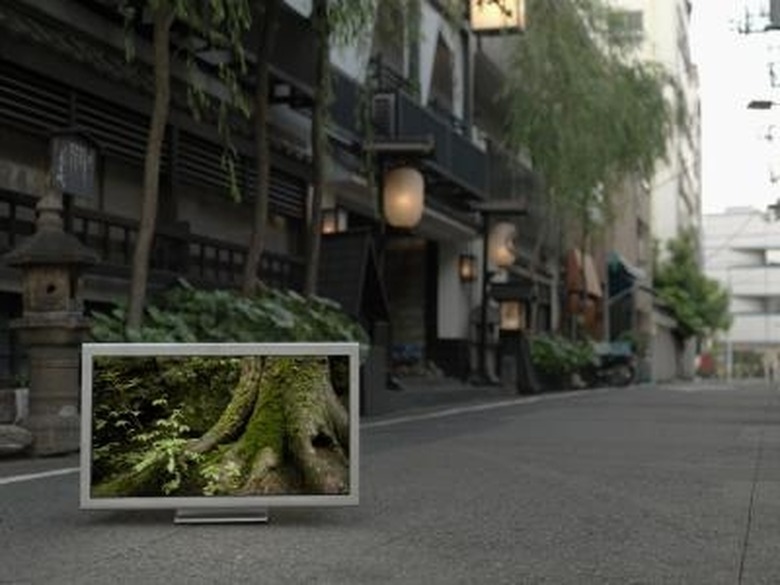Can You Use Japanese Appliances In The U.S.?
Japan is known for its technological sophistication, and many appliances sold there are not available anywhere else. At first glance, these appliances appear suitable for use in the United States because they have plugs that will fit in an American receptacle, but looks can be deceiving. Japanese appliances are designed to run on 100-volt electricity, and if you plug one into a 120-volt American receptacle without an appropriate transformer, it can burn out.
Voltage and Frequency Standards
Voltage and Frequency Standards
There is no single international standard for the voltage supplied to residences by power-generating companies. The standard in most northern European countries is 230 volts, while in most of Africa and Asia it is 240 or 220 volts. Probably owing to the precedent set by Thomas Edison, the inventor of the light bulb, the voltage standard in North America is 120 volts. Japan is the only country in the world with 100-volt electricity. The frequency of alternating current in North America is 60 Hz, but in Japan there are two standards: 50 Hz in the North, and 60 Hz in the West and South.
Plugs
Plugs
Both Japan and the United States use the Type A plug with two parallel pins. In North America, it is known as the NEMA 1-15, and it is intended for use in ungrounded circuits. It is gradually being replaced by polarized plugs with different size pins that can only be inserted one way. The Japanese version, known as the JIS C 8303, Class II, is essentially identical to to the NEMA 1-15 but has stricter requirements for the plug housing. Japanese plugs fit into American two-pin outlets, whether they are polarized or not.
Effects
Effects
Although the difference between Japanese and U.S. voltage is not great, it is enough to make a difference. Plugging a Japanese appliance directly into a North American outlet can have one of two effects. If the appliance has a heating element, the element may overheat and start a fire. This has been known to happen with Japanese washlets and electric heaters. If the appliance has a motor, the motor may run irregularly or burn out. This is especially likely if the motor was designed to run on 50 Hz alternating current.
Solution
Solution
The difference in voltage standards between Japan and the United States doesn't mean you can't use Japanese appliances in America. The safest way to do so is to use a step-down transformer to convert 120-volt electric to the 100-volt electricity needed by the appliance. It is an inexpensive device, costing less than $20, that plugs directly into your outlet. If you travel frequently between the United States and Japan, you can also buy a step-up/step-down transformer so you can plug your American appliances into a Japanese outlet.
